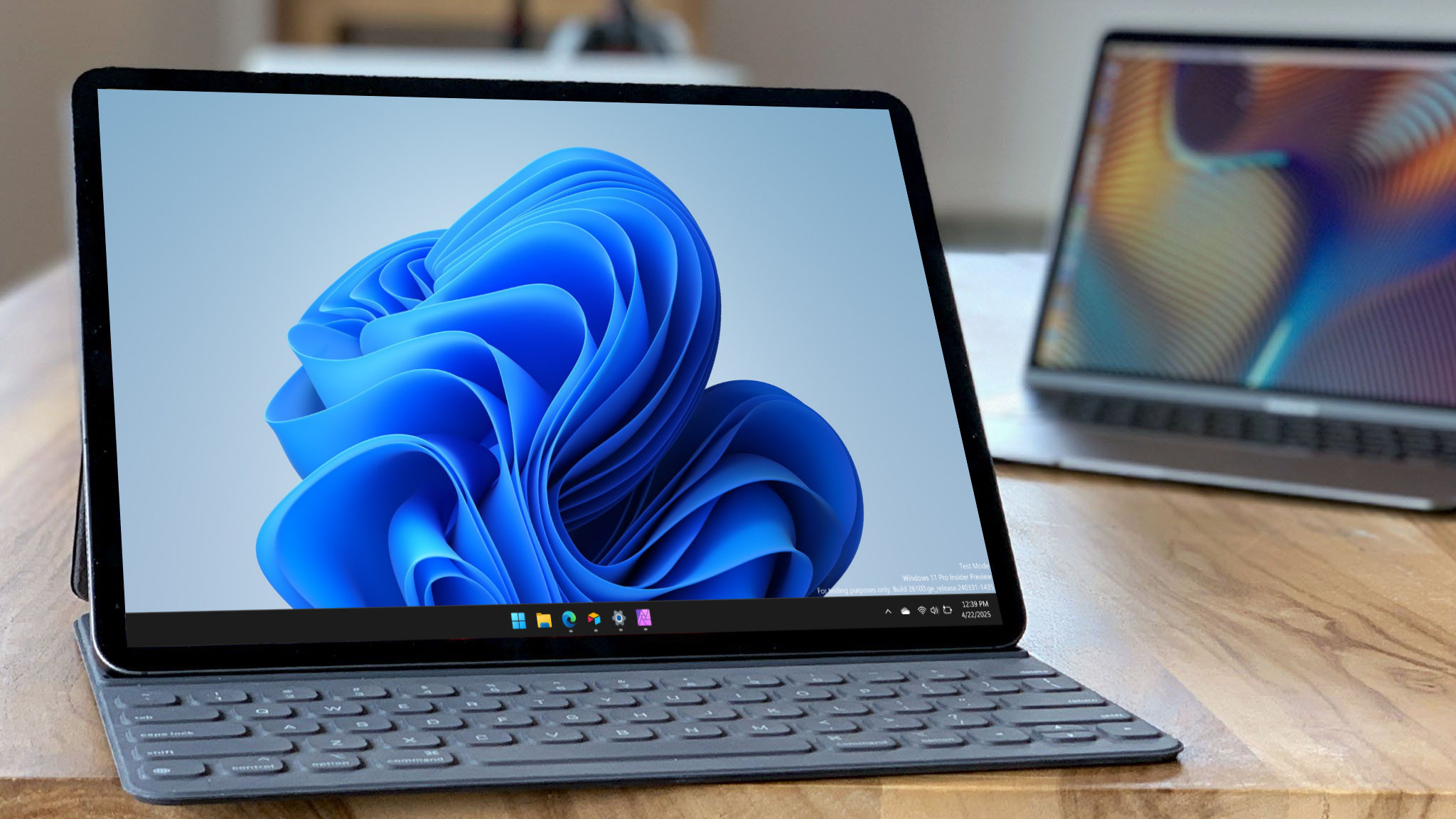I'll never forget these three Windows apps that changed my life forever — So, where are they now as Microsoft turns 50?
I used (almost) every edition of Microsoft's operating system and fondly remember some of its iconic first-party programs.
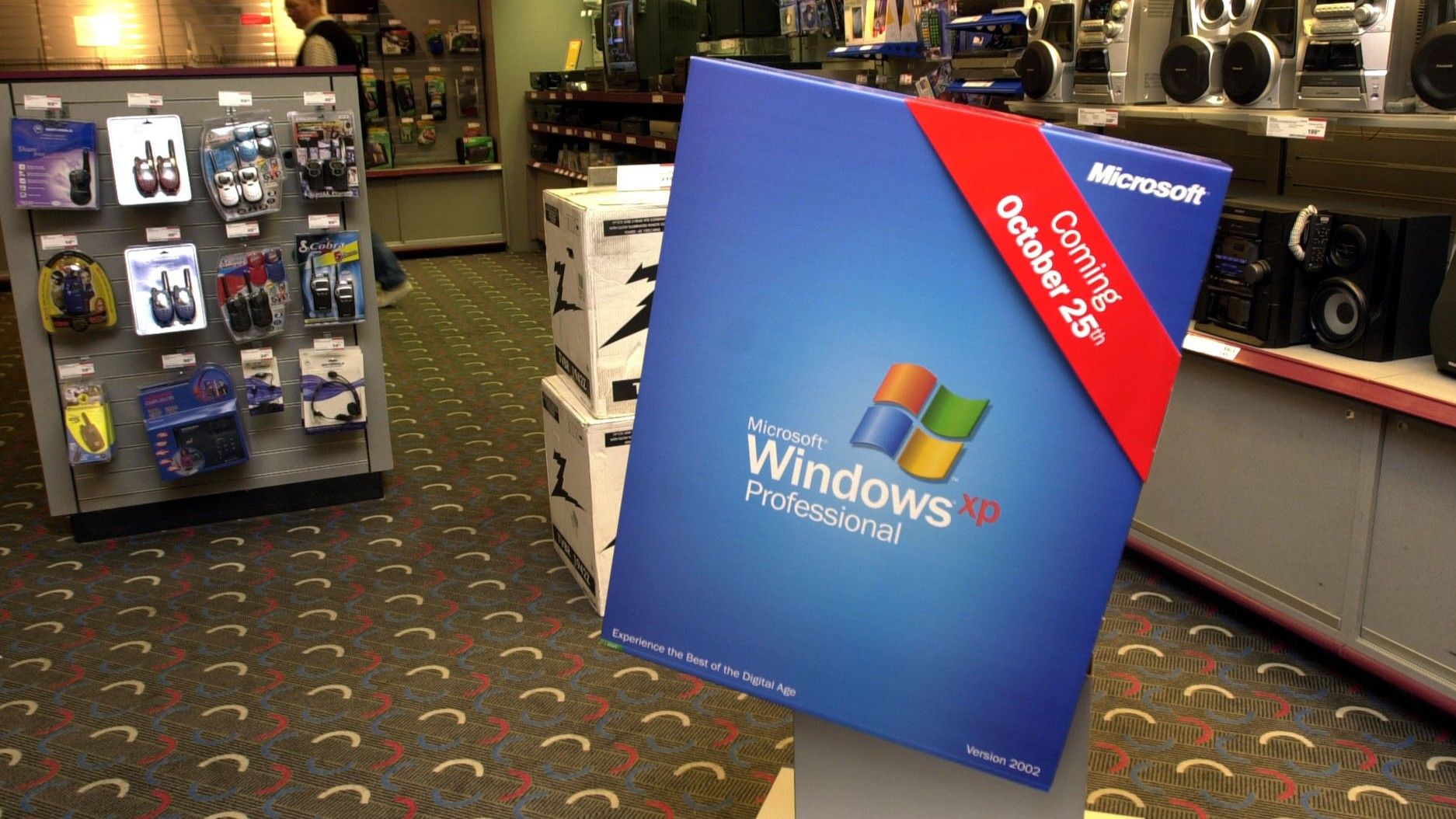
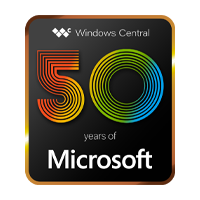
My intrigue for computing started when my parents brought home our first Windows 3.1 family PC and transitioned to an offline-only Windows 95 build with its iconic Start menu, obsessed with drawing shapes in Paint and writing homework in Wordpad.
However, it significantly picked up when we graduated to Windows 98 SE with a dial-up Internet connection and a heavy investment into yearly hardware upgrades. Having access to the World Wide Web from age 10 was formative to an incredible degree, influencing me throughout my life.
Now, as Microsoft turns 50 years old, I'm looking back at three programs that played a powerful role in shaping who I am today — do you remember them all, or were you occupied with others?
Let me know in the comments while I overcome my pre-millennium nostalgia.
MSN Messenger
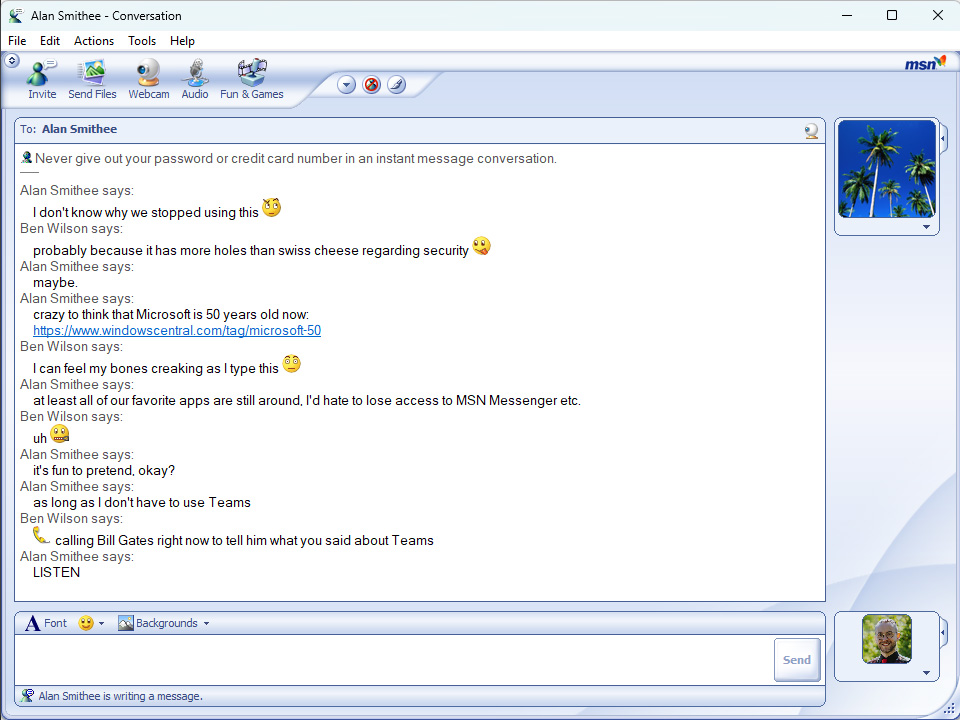
I can draw a clear picture from where I am now to the dawn of MSN Messenger, which shows how I met some of my closest friends and developed my career; it was that important.
It eventually became the most popular instant messenger in my environment, replacing ICQ and, particularly, AOL Instant Messenger (AIM) once I convinced my friends to sign up for a ".NET Passport" from Microsoft.
Having a small pool of peers didn't stop me from using it in the early days, and some of my strongest memories involve the basic (and ugly) layout of MSN Messenger 1.0+ before Windows XP repackaged it with a Luna-style UI.
Get the Windows Central Newsletter
All the latest news, reviews, and guides for Windows and Xbox diehards.
However, some stubborn holdouts forced me to keep a copy of the multi-networked Trillian app installed on my PC. Without that, I'd have lost contact with the contrarians who refused to ditch Yahoo! Messenger or whatever already-doomed platform it might have been back then.
In the end, everyone migrated to what became Windows Live Messenger, and it was a mandatory mainstay on my daily desktop until everyone broke off to Skype and elsewhere.
Still, I fondly recall memories circa 2003 when Microsoft's instant messenger had connected me to lifelong friends and introduced me to mutual connections that would shape my entire career.
Where is it now?
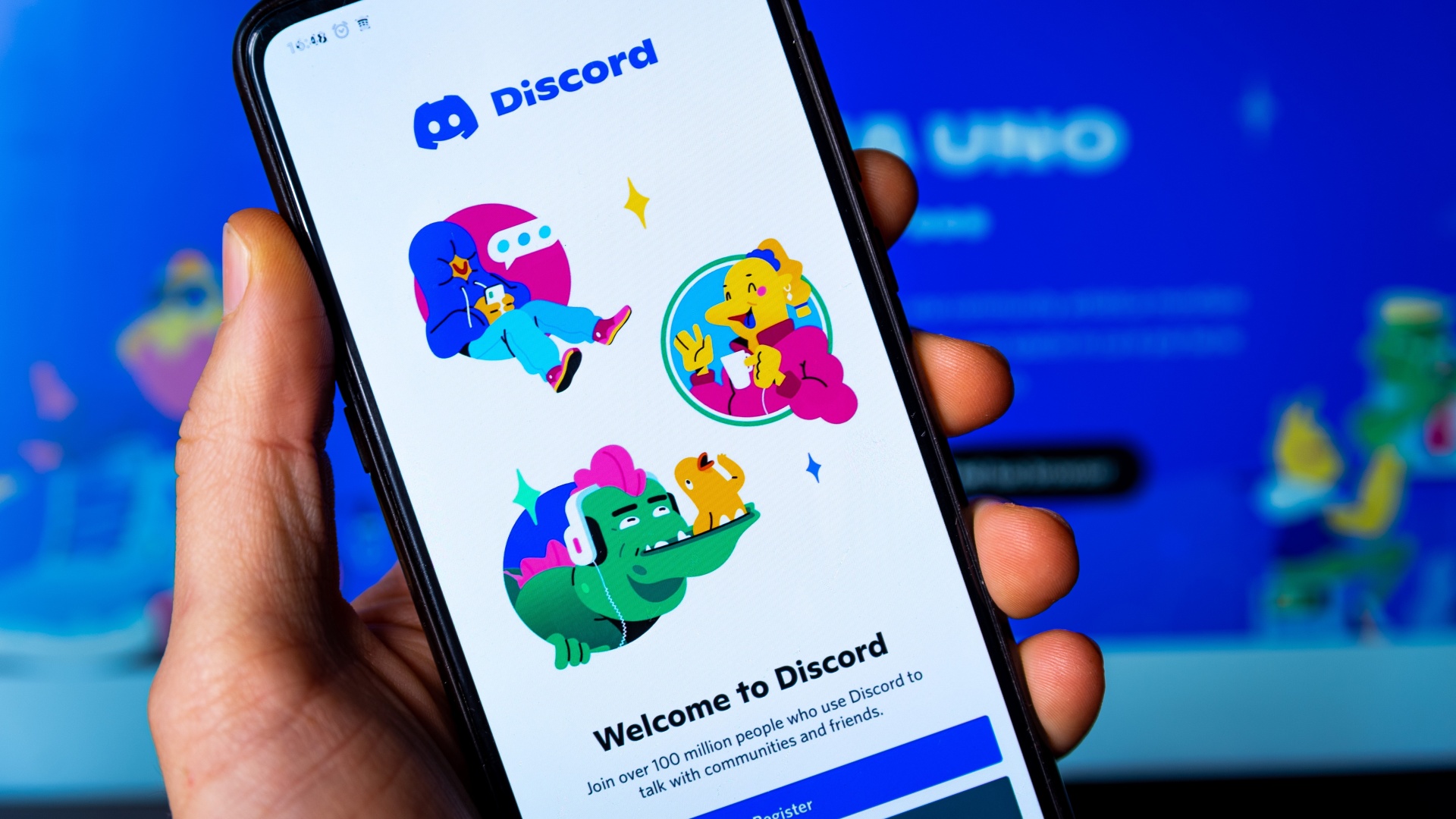
Officially, Windows Live Messenger is dead; a part of Microsoft's ever-growing graveyard. Its intended replacement was Skype, but it never felt quite the same to me, while TeamSpeak and Ventrilo better served VOIP services for my friends.
Unofficially, the instant messenger lives on within a fan-made MSN Messenger project called escargot.chat — a replacement for the login service that unfortunately remains insecure (so don't use your usual passwords.)
It's a fun toy to play with, but it doesn't have much staying power beyond that. Modern replacements like Discord, Telegram, and WhatsApp are supported on multiple devices with easier access, so MSN Messenger doesn't have much reason to stick around outside nostalgic fancy.
Microsoft FrontPage
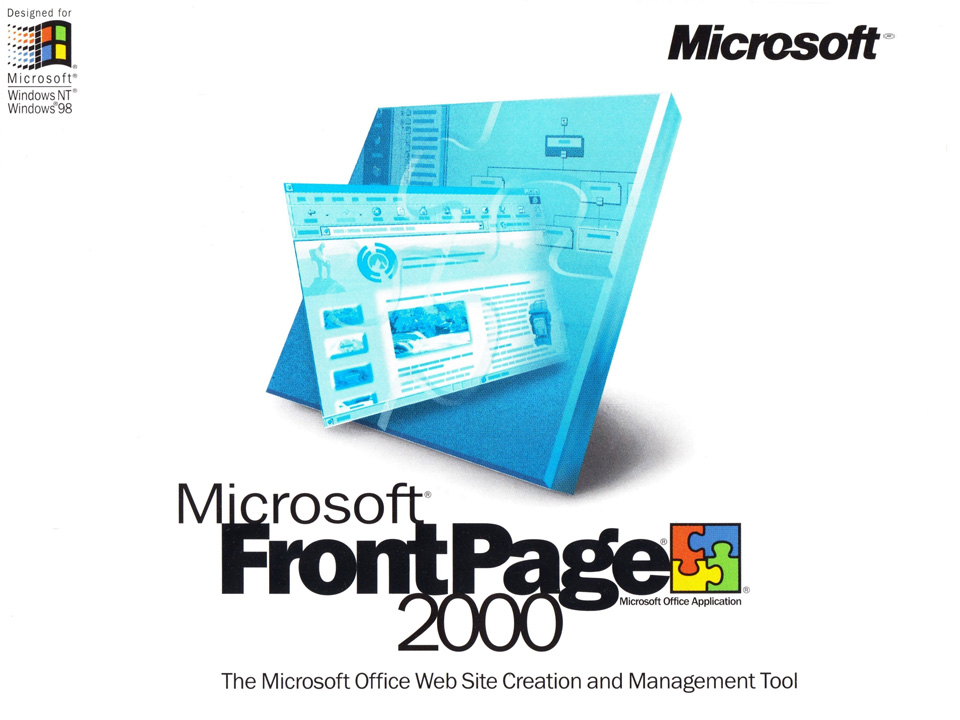
Before the modern age of smartphones and cellular data, "going on the computer" felt more like an active journey to the Internet — a place you left once you shut off your Windows PC or your 56k dial-up modem dropped its time-limited connection.
In that era, personal websites were booming. They often resembled blogs or diaries, but there were corners of the web that hosted ultra-niche hobbyist pages or dedicated fan zones for particular video games, sharing tips, tricks, and cheat codes that I would send to the family printer to waste some ink.
I was lucky to attend a school that took personal computing seriously, and basic HTML was a brief segment of that class. As a pre-teen, building tables with bracketed code was mildly entertaining, but slow to satisfy.
Thankfully, Microsoft FrontPage was a gateway to expressing my earliest designs of garish font choices and clashing background colors. Everything I made in Frontpage was awful, but it was mine, and that was the appeal — sharing knowledge of hidden clothing colors in Habbo Hotel, surrounded by animated .gif images of dancing hamsters. Bliss.
Where is it now?
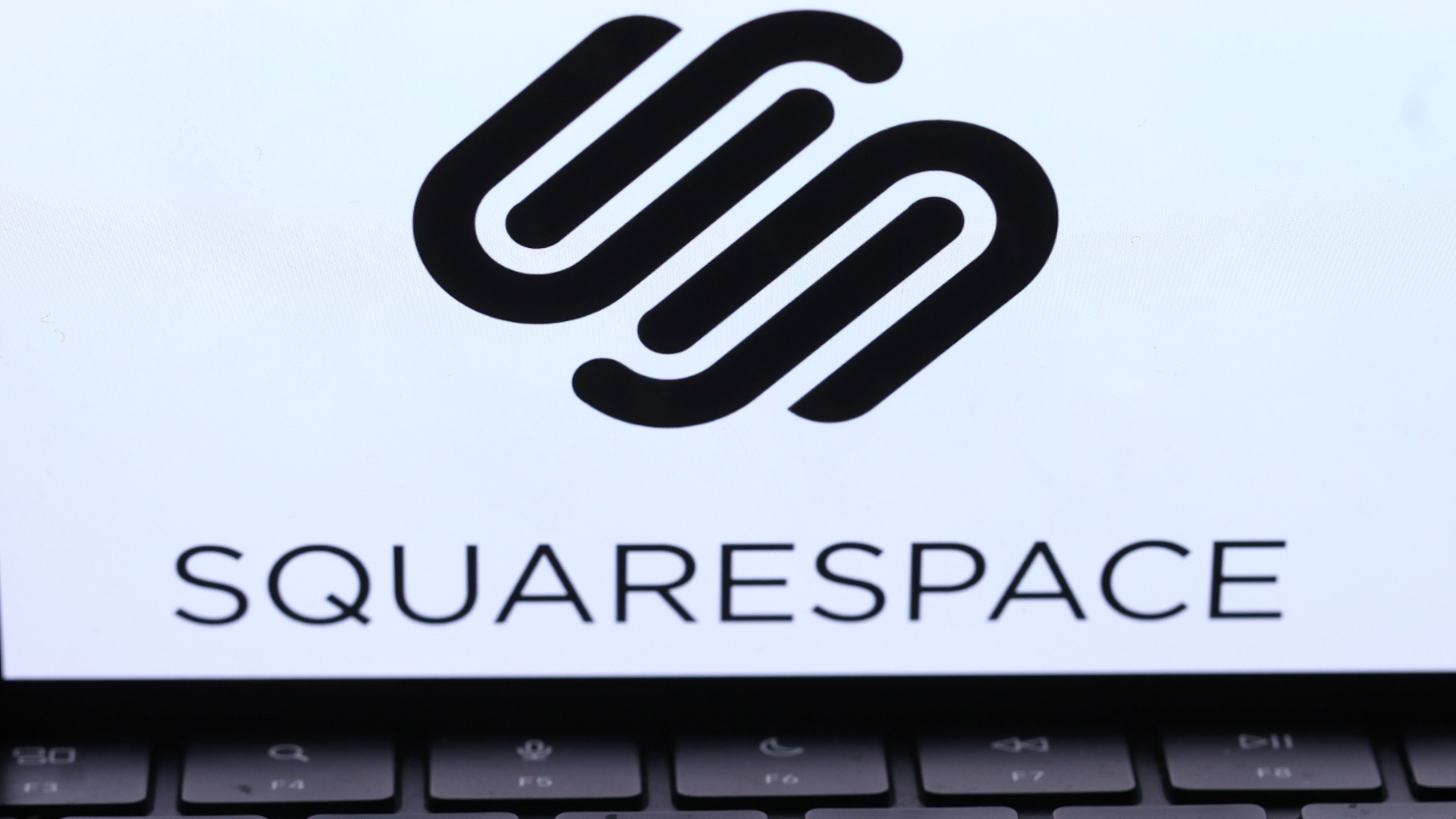
Web development has become easier as these WYSIWYG (what you see is what you get) apps, including successors like Adobe Dreamweaver, are now mainstays alongside browser-based page builders and editable templates.
While blogs are still popular on the modern Internet, social media has pulled most of their appeal to casual users on platforms like Facebook and professionally-driven LinkedIn.
FrontPage doesn't make sense for Microsoft to maintain now that demand is lower, and it would take a significant effort for it to evolve beyond the usefulness of existing competitors like Squarespace and Wix.
Windows Movie Maker
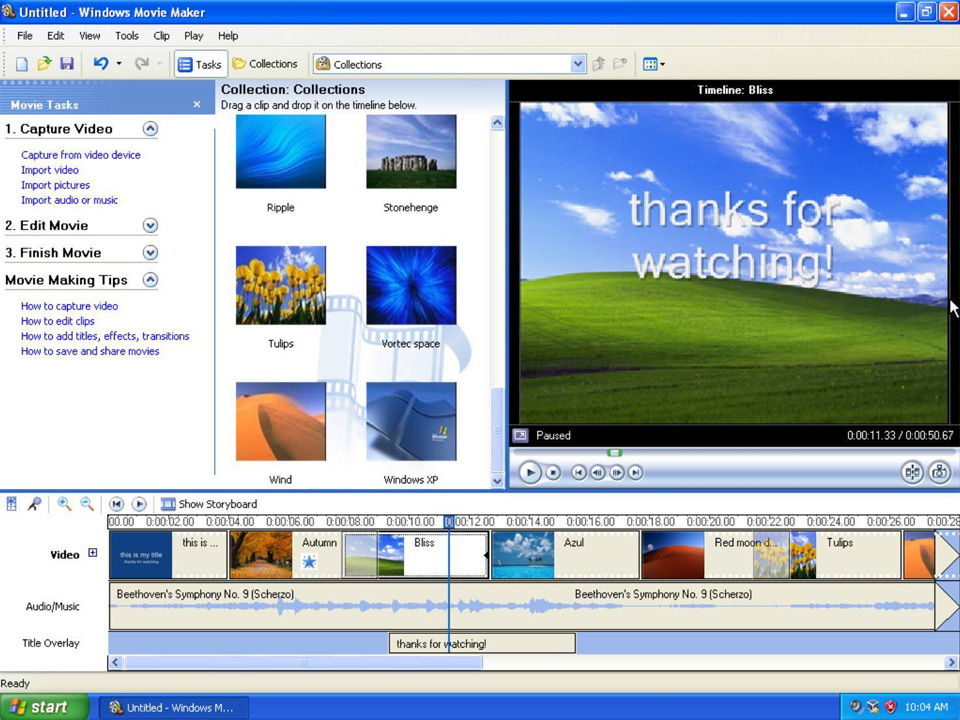
I developed an obsession with Windows Movie Maker years before the launch of streaming platforms like Google Video and its predecessor, YouTube.
It was still exciting to throw together homemade videos with images and clips from my hard drive alongside cliché animated titles set to awful bit-crushed .mp3 music ripped from a CD.
Those old enough to remember the days of Microsoft's .wmv (Windows Media Video) format might share similar memories of their "My Received Files" folder filling up with cheesy compilations shared across MSN Messenger in an aggressively compressed codec that resembled the garbled mess of RealPlayer's thankfully retired .rv format.
Nevertheless, it felt like a breakthrough in creativity at the time. I spent many weeks creating stop-motion animations with LEGO figures and a basic Logitech QuickCam, all set to movie soundtracks recorded with an awful 3.5mm microphone pointed at my television.
I might have apologized to my friends and family members who suffered through my 240p flicks, but truthfully, I regret nothing. Windows (Live) Movie Maker had such a significant influence on me that it led to me spending almost all of my savings on a MiniDV camcorder and a PCIe FireWire adapter to rip all the footage.
Where is it now?
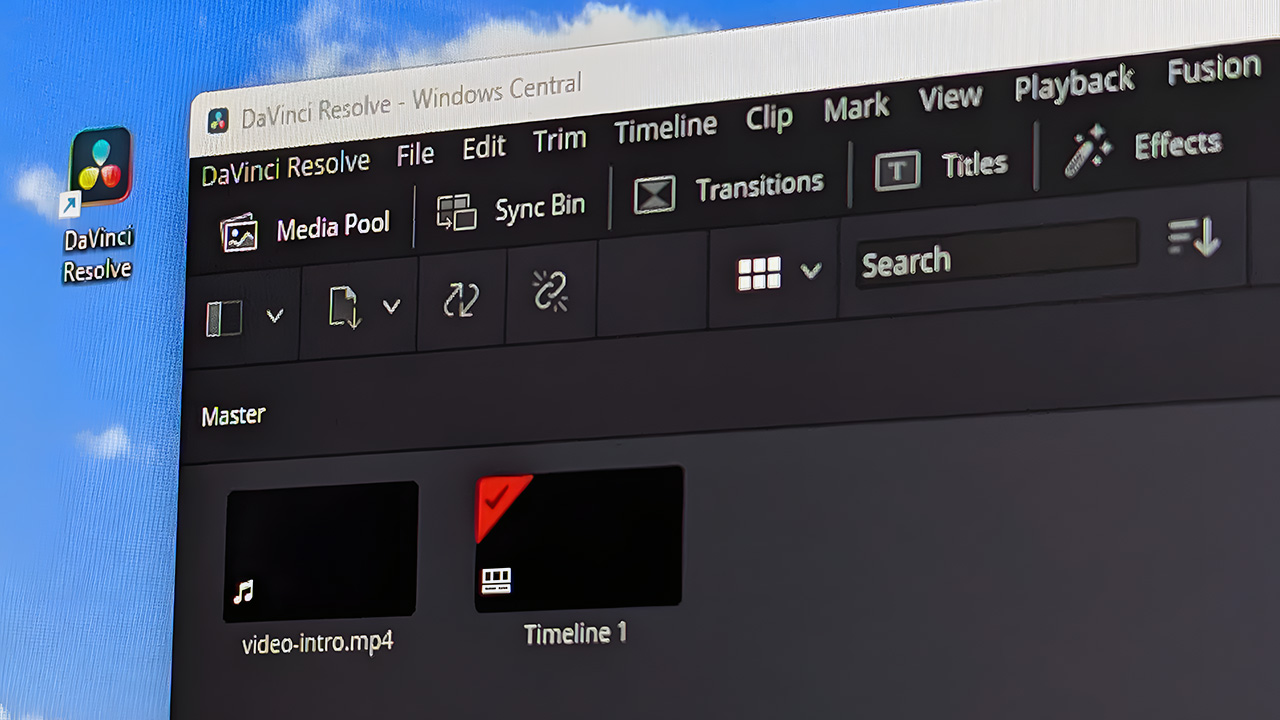
Windows Live Movie Maker still sort of exists as a spiritual successor within Clipchamp, but only because Microsoft acquired the web-based video editor in 2021.
Clipchamp has an incredible number of competitors, as freemium options in CapCut and DaVinci Resolve offer powerful toolsets with paid memberships expanding even further, so there's little reason for Microsoft to keep Windows Movie Maker around separately.
Even the .wmv format has become deprecated, as .webm and modern codecs for .mp4 like AV1 and H.265 take over as standardized replacements across the Internet.
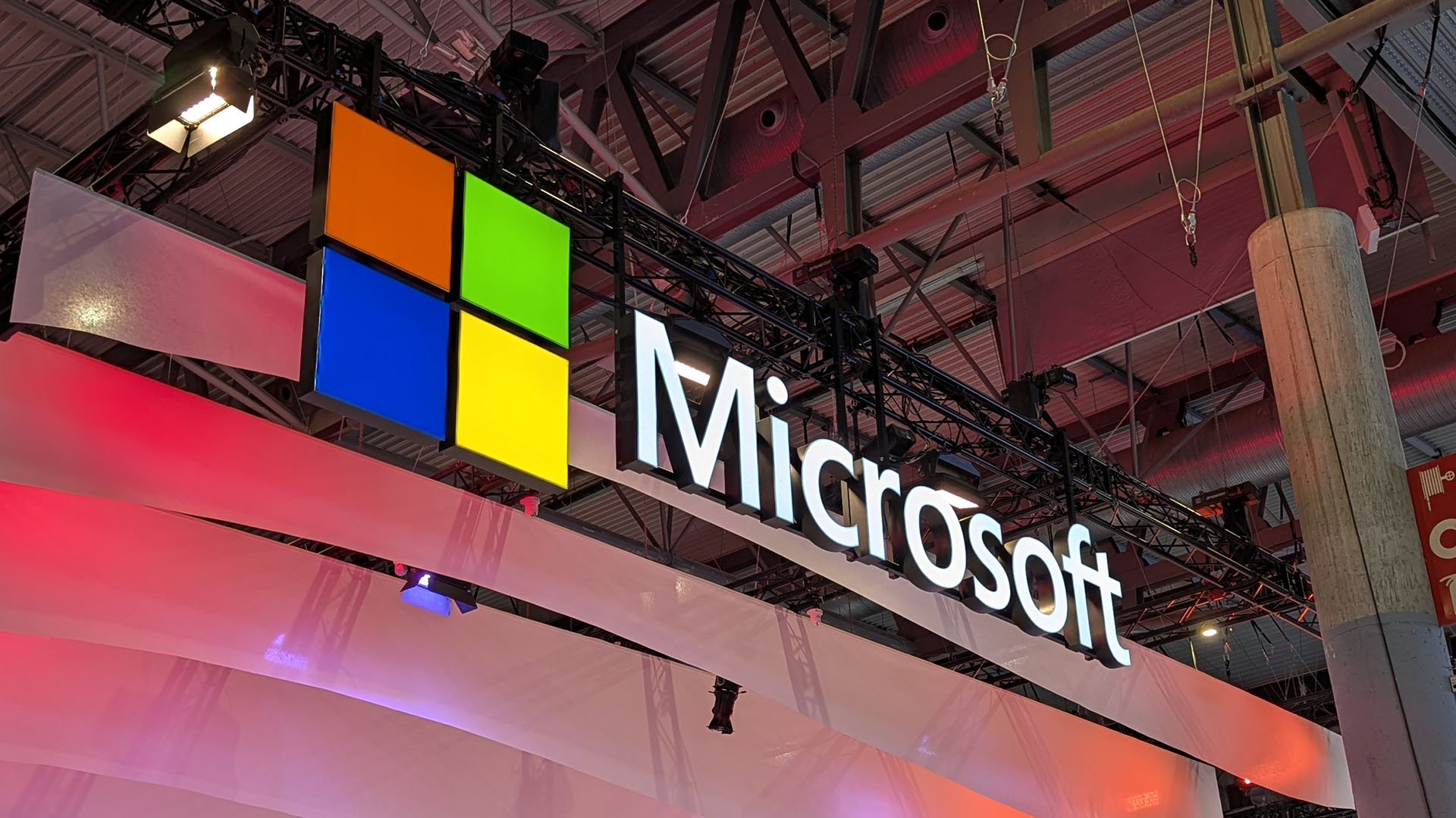
Clearly, my affinity for Windows and Microsoft in general hasn't faded, as evidenced by where I am today. While I might cling to rose-tinted nostalgia for bygone mascots like Clippy, I still love following the company and its continued efforts in the PC space, for better or worse.
Stick with us for more celebrations and criticisms of Microsoft's 50-year history as we continue to speculate, report, and analyze practically everything the company does in its various categories.

Ben is a Senior Editor at Windows Central, covering everything related to technology hardware and software. He regularly goes hands-on with the latest Windows laptops, components inside custom gaming desktops, and any accessory compatible with PC and Xbox. His lifelong obsession with dismantling gadgets to see how they work led him to pursue a career in tech-centric journalism after a decade of experience in electronics retail and tech support.
You must confirm your public display name before commenting
Please logout and then login again, you will then be prompted to enter your display name.
